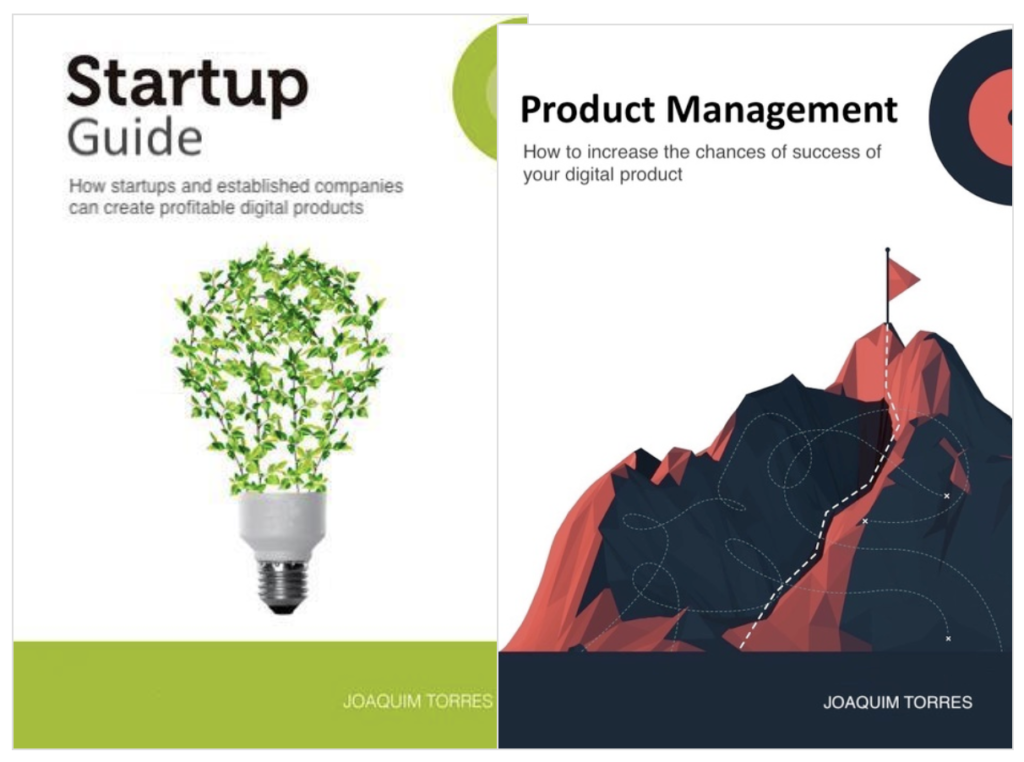Leading is like being a doctor
28 de October, 2020How and when to delegate
17 de November, 2020There is no work environment without pressure. I don’t know of any workplace where people say that goals are easy, that there is no risk in achieving the goals, or that the project will be delivered on time with 100% confidence. If the company is growing rapidly, people need to sustain or improve that growth rate. If the company is in crisis, people need to get the company out of the crisis.
And that’s good! In fact, this is the only way to do things! People need pressure to get things done.
What do leaders need to know about pressure? People, including leaders and the people they lead, receive pressure from outside (the objective, the expected delivery date, the lack of resources), as well as from within (motivation, drive, inner strength).
Think of people and teams as balloons
A good analogy that I like to use, especially when the external pressure increases, is that people and teams are similar to balloons. We need to balance the external pressure with the internal pressure, with some tendency to have a little more pressure on the outside to guarantee the best performance. If we put too much pressure on the outside, without providing people with the necessary tools to increase the internal pressure, the balloon will explode, that is, performance will decrease, people will be uncomfortable, sometimes they will even get sick (burnout) and will probably leave the company. Sometimes we can see some increase in performance right after an exaggerated increase in external pressure, but we should not be fooled by these initial results. They will not be sustainable if the internal pressure is not increased. This increase in performance will last for a few days and performance will decline to even lower levels than when we increased external pressure.
How can we improve internal pressure? No one can directly impact anyone’s internal pressure. This can only be done indirectly. Here are some tools:
- We need to hire people with the right motivation, drive, and inner strength, and we must create the environment so that these people can maintain the right motivation, drive, and inner strength. Think about aligning objectives, vision, values, culture, and financial and non-financial incentives.
- We must support the right balance between moments with and without pressure. We can do this by encouraging people to step away from pressure in the workplace and to do other things they enjoy, such as exercise, yoga, meditation, music, reading, spending time with loved ones, cooking, partying, etc. On the other hand, we should avoid working long hours, at night, on weekends and holidays. Note that working long hours is a tactic that can and should be used, but only when necessary. If this becomes the norm, rather than the exception, we are not supporting the right balance between moments with and without pressure.
The balloon analogy works for both individuals and teams. Too much pressure on a team without the proper internal pressure will cause the balloon to explode. In the case of a team, it will begin to malfunction, team members will begin to point fingers at each other and performance will drop. To increase a team’s internal pressure and help them deal with increased external pressure, we need to create an environment that promotes the creation of stronger ties between team members so that they are more effective in responding to external pressure, being more resilient, and more adaptive at the same time. More effective responses to external pressure require a combination of resilience and adaptation.
The balloon analogy is also good for explaining why the best people decide to leave a company. We can think of this situation as if there is more internal pressure than external pressure. If a person or team has more motivation, drive and inner strength than what the leader asks of them or the company’s strategy requires of them, they will inflate the balloon until it explodes. Then they will leave the company. Remember priority #1: people, always.
Summing up
- There is no work without pressure environment. People and teams need external pressure (the goal, the expected date, the lack of resources) and also from within (motivation, drive, inner strength) to exist and do things, like a balloon.
- The internal pressure and the external pressure need to be balanced with some tendency to have a little more pressure on the outside to have continuous improvement.
- Under pressure, a person and a team explode or become stronger. It is the leader’s role to help the person or team to realize this and work together with them to support increased internal pressure.
In the next chapter I will talk about mentoring.
Missing something?
So, did you miss something in this chapter? What else would you like me to cover?
Digital Product Management Books
Do you work with digital products? Do you want to know more about how to manage a digital product to increase its chances of success? While you wait for my new book, check out my Digital Product Management bundle with my 2 books where I share what I learned during my almost 30 years of experience in creating and managing digital products.

